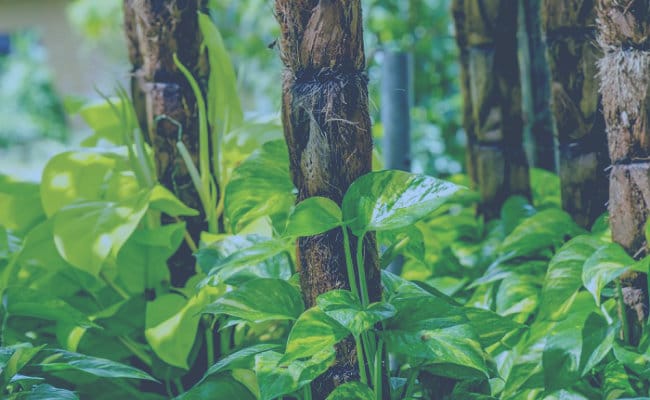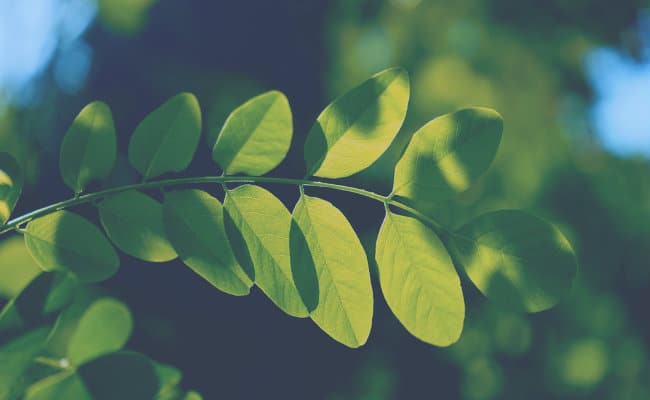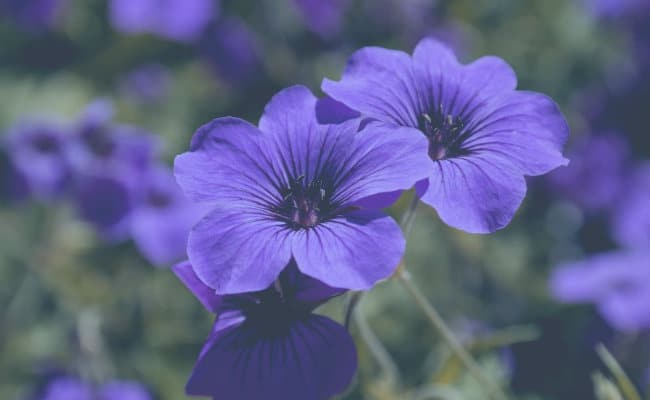Plants are photosynthetic living things, which are capable of producing their own food. They do not have locomotive capacity and in addition, their cell walls are composed mostly of cellulose.
The life cycle of plants is of great interest, since they are complex living organisms that are around us and we do not normally think about how they develop; unlike school, since this is a topic that is often seen in biological sciences. However, if you still do not know what their life stages are like, in this post you will find the most detailed information.
Plants are of great importance for the environment, but also for other living beings such as humans; since these not only provide food and purify the air, but are also used in factories (wood, paper, among others) and in the creation of drugs.
Phases of the plant life cycle

Its life cycle is considered to be of the type haplodiplon and it has four stages, each one differentiated by its own characteristics and functions; in the same way that it would be for another organism such as man, that is, the plant goes through its birth, development, reproduction and death; only that once it has reproduced, the way in which the seeds are dispersed can vary.
Plant seed
Plants that reproduce sexually begin their cycle with a seed, where it is capable of germinating and growing if conditions are favorable; reason for which according to each type of plant, there will be different ways of twining them. These seeds contain the embryo of the plant.
In case you want to do an experiment with lentils, beans, garrofón or the plant you want, the best way to do it is to find a transparent container, in which you must place a paper or cotton that is wet and the seeds. The idea is to keep the cotton or paper moist and see how this cycle goes.
Germination
The seed is once in a place where the conditions are necessary for its birth, germination phase begins. These basic elements are light, water and heat, where each plant is different but for the experiment the above will suffice.
A few days later, a first radicle will emerge from the seed, which will thicken and grow, taking on a similar appearance to a common root; In addition, the outer layer of the seed will come off.
In the case of being a seed dicotyledons, the outer layer softens to absorb moisture and once planted, divides; while the monocots they do not divide, but are maintained during the development of the plant.
Development

Seedling
Once the plant begins to growIts youngest stage is called "seedling", where the cotyledons (primordial leaves) will be open and the plumule will develop, which will allow the growth of its first leaves.
Growth
The next step in the experiment is to extract it from the container and transfer it to the ground, since the cotyledons have finally fallen and the plant needs to continue growing; Since they spend their whole life growing, which is why they must be trimmed from time to time, depending on the type.
In this plant life cycle stage, they need to start generating their food in order to continue growing, a process known as photosynthesis and that the ability to do so is acquired once the first leaves are visible.
Photosynthesis is known as the chemical process by which plants have the ability to transform inorganic matter into organic, thanks to the energy from sunlight. This is thanks to chlorophyll (green pigment in leaves and stems).
As the plant grows upwards, the roots continue to descend, since they need to penetrate deeper into the soil to absorb the nutrients and water that are in it.

Reproduction
Plants can reproduce both sexually and asexually, which means that depending on the type of plant, there will be a different reproduction process. The plants that are born from seeds reproduce sexually; while asexuals are through stolons emitted by the mother plant.
Those of sexual reproduction manage to reproduce through the flower since it has both genders, which allows the interaction between pollen and the ovary. The objective is that the first one reaches the second, something that is achieved through the birds in charge of pollinating the flowers, where they are attracted by the smell and color produced by the same pollen.
When the ovules are fertilized they become seeds that in some way or another reach the ground or the earth (usually by animals, the wind or human beings) and if they find the right conditions in it, they begin to germinate and with this the cycle would repeat itself again.
However, asexual reproduction should also be highlighted, since this type follows a process to reproduce differently from the other life cycle of plants. These manage to grow thanks to the stolons emitted by the mother, since the daughters are born at the tip of these. Later the roots manage to penetrate the soil and begin to develop independently.
This has been the cycle by stages of the life of a plant, which although they vary in their reproduction, the other phases are quite similar. They are considered living beings because they have a function before dying, since they are born, nurtured and grow, reproduce and later die, each one in a different period of time.